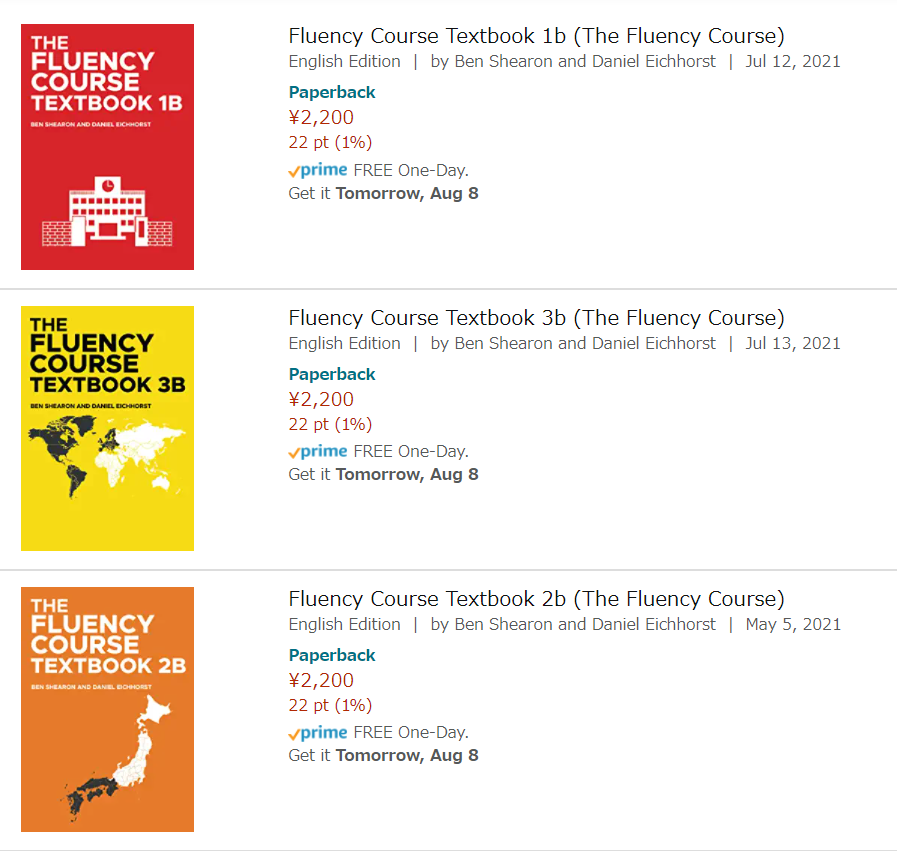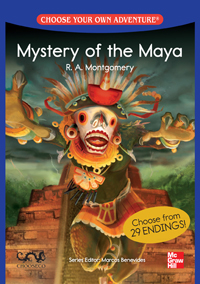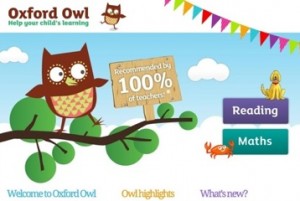Academy curriculum EFL eikaiwa JHS junior high school language courses materials publishing textbooks
by sendaiben
leave a comment
The Fluency Course 2022
Is finally available on Amazon

I can’t believe this day is finally here. After six(?) years of writing, testing, re-writing, and figuring out how to publish and sell it without driving ourselves and our staff crazy, the B versions of all our textbooks are now available on Amazon in their final form.
Incredibly, we’ve made a lot of improvements to this latest (final?) version. We added a dictation activity to the first year books, made a simple change to the second year writing practice that should make a big difference to student results, and transformed the third year textbook.
I think our current users are going to be very pleasantly surprised, and new ones will just think the books were this good from the beginning 😉
We use the B books from October with our students, so we’ll have all the free supplementary stuff up on the Fluency Course website before then.
We’re also hoping to have the final versions of the A books up on Amazon/our site by the end of the summer, at which point I’m going to take my writing partner for a nice meal and we’re going to take a week or so off.
Would be really grateful for any help you could give us with promoting the course, telling people about it, leaving Amazon reviews, etc.
Please let me know if you have any questions! For people buying the course for their students, I would be happy to jump on a Zoom call to answer your questions or run you through how we use the books.
business EFL eikaiwa ES expectations high school JHS junior high school kids language courses Language learning school management SHS study trips travel young learners
by sendaiben
17 comments
Taking Students Overseas

I just returned from our second overseas study trip with young learners. It was one of the most exhausting things I have ever done, and involved a large amount of stress for a relatively small return.
Taking students overseas can be a very positive activity for an eikaiwa school:
1. It can be profitable
2. It can raise the school’s profile and image
3. It can be hugely beneficial to student motivation
However, there are also huge potential risks:
1. Worst case scenarios are really bad, and could prove fatal to the school
2. It can involve a huge amount of supplementary work
3. Unexpected expenses can eat up your profit and even push the trip into the red
After two ‘successful’ (I define successful as not having encountered any serious problems) trips, I have learned a huge amount about what doesn’t work. The next two posts will be detailed trip reports and reflections.
Does anyone else organize overseas trips?
curriculum EFL extensive reading graded readers language courses Language learning materials readers Reading teaching university
by sendaiben
6 comments
Choose Your Own Adventure readers -in class!
Today I am going to introduce a new activity I have been doing with extensive reading classes here at Tohoku University this semester. Our ER classes consist of approximately 45 minutes of silent reading and 45 minutes of supplementary activities including speaking, listening, and writing.
One activity that students enjoyed was reading some of the Choose Your Own Adventure readers in groups (I got the idea from Marcos Benevides).
Background Info
The Choose Your Own Adventure books (CYOA from now on) were popular when I was in school. They consist of books where the reader is given choices and the story develops differently based on those choices, up until an ending is reached. Some endings are good and some are bad. It’s kind of like a computer or role-playing game.
The CYOA readers are published by McGraw-Hill Education, and consist of 30 titles over three levels (500, 700, and 900 headwords). I used this in-class reading activity twice, once with Mystery of the Maya, and once with Cup of Death. Both are at the 500 headword level.
Procedure
The activity takes 30-35 minutes. First, introduce the concept of gamebooks to the students and walk them through the ‘read a page, decide on a course of action, go to the next page’ dynamic.
Assign the students to random groups (we found pairs and groups of three work best, as larger groups mean each student has too little to do). Explain that each group member will in turn read a page, the group will make the decision, and the book will be passed to the next member. This will continue until an ending is reached. If groups finish early they should go back and try to get another ending.
The teacher then reads the first page to the class before distributing one book to each group. Once a group has their book, they can start.
Results
We did this activity twice with about a dozen classes. Students actively read, listened, and discussed options for the whole time the activity went on. Many students enjoyed the activity and were clearly happy when teachers introduced the second book (three weeks after the first one). The highly structured nature of the activity makes it easy for students to participate.
Evaluation
This is a great activity to do two or three times a semester. It would be possible to base an entire course around reading CYOA books, but I suspect the novelty might wear off. Of course, as with any activity, not all students enjoyed it to the same extent. In terms of materials, one class set can be shared among several teachers.
The best thing about this activity is that it really brings out the meaning in the books: students have to understand the text in order to choose their next action.
Improvements
1. The content of each book in the CYOA series varies considerably. Our students had some trouble with the Mayan setting, so it might have been useful to pre-teach some of the background, the geography, and the history. This could be done in a few minutes. Going through the proper nouns in the book would also help students read more smoothly.
2. Doing the exercise in pairs gives more reading/speaking time to each student.
3. It is not necessary to have class sets of each book: the same activity could be done with each group/pair reading a different book (of course, pre-teaching and having the teacher read the first page would not be possible in this case). This would allow students to choose which book they wanted to read, possibly making it more interesting for them.
Conclusion
This was a very positive experience for my colleague and I, and for the students. It is likely to become a regular activity in our ER classes.
EFL extensive reading high school junior high school materials online resources Reading reviews self-study teaching
by sendaiben
2 comments
Online news site for English learners
Finally, a post about teaching 🙂
I found a nice online news site this week, and have been trying it with some of my classes. I’m going to introduce the site’s functionality, my experience of using it, and then evaluate the benefits and drawbacks of using the site.
Functionality
The News in Levels website features news stories written specially for learners of English. They have three or four versions of each story (from basic or easy to more challenging), along with a video. The stories are interesting and the various difficulty levels are useful.
My experience
I used the site with some junior high school and high school classes. After choosing a story, I had students read level one and answered their questions. They we read level two together. Finally we watched the video. It was a quick and successful lesson with several groups. The site also worked well with individual students.
Good and bad points
Good:
- interesting stories
- good presentation
- texts and video
- a large number of stories on the site
- free
Bad:
- many of the texts have mistakes/typos. Missing words, spelling mistakes, strange phrasing. It would be safest to check everything first, although this could also result in some teaching moments
- the leveling isn’t always great. Sometimes the same sentences are used in two different levels
- prominent advertising throughout the site
Overall
I liked this site very much. I think it has a lot of potential as long as teachers and learners are aware of the shortcomings. Could be a good resource to allow learners to move on to higher-level texts. Worth a look.
If you have any other good websites you can recommend, please leave a comment below 🙂
EFL eikaiwa ES extensive listening extensive reading kids language courses Language learning materials online resources oxford owl Oxford Reading Tree Reading self-study websites young learners
by sendaiben
leave a comment
Oxford Owl website
This is another post I have been meaning to write for a while. Oxford Owl is a free website created by Oxford University Press. It has a range of useful resources -I’ll briefly list a few here.
The website has reading and maths sections. I haven’t done much with the maths so far.
The reading section has a range of free ebooks from the Oxford Reading Tree series. Most of the books can be read online, and feature the art, text, and audio. This is a wonderful resource for self-study at home or in the classroom.
There are also a couple of online games and a range of printable resources for students.
Finally, there is a lot of advice for teachers and parents on how to teach reading and support students with reading practice. Although much of this is aimed at native speakers, a lot of it transfers quite well to EFL.
Is anybody using Oxford Owl? Any good features I have missed? Please leave a comment below:


